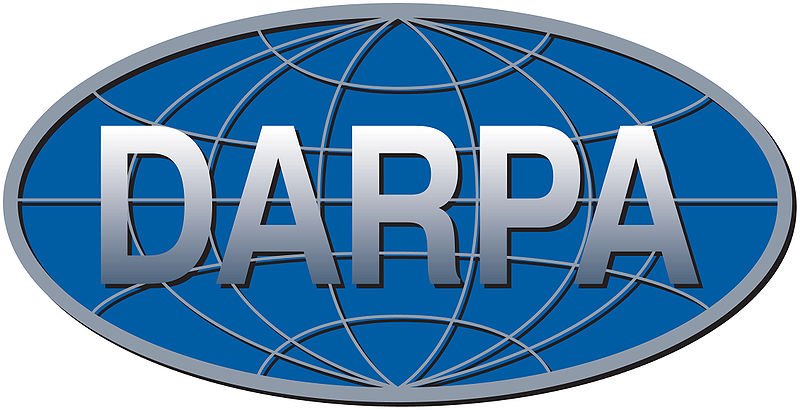Part 1 of 3 Parts
The X-37B is the first spaceplane constructed by the United States since the space shuttle was retired. It has been in development since the 1990s, but its purpose has not been made public. The X37B is the latest variant of a program of spaceplanes intended to perform similar functions to the now cancelled Space Shuttle program that preceded it. It is autonomous, small and very fast.
The Boeing X-37 is also known as the Orbital Test Vehicle (OTV). It is a reusable autonomous spaceplane. A regular launch vehicle carries it into space. After returning to the Earth’s atmosphere, it lands like a conventional aircraft.
The X-37 is currently run by the U.S. Space Force. Up until 2019, it was run by the Air Force Space Command. It was used for covert missions and orbital spaceflight missions meant to showcase reusable space capabilities. The X-37 is a variant of the Boeing X-40 that was scaled down by one hundred and twenty percent.
Before it was delivered to the Pentagon's Defense Advanced Research Projects Agency (DARPA) in 2004, the X-37 was a NASA project. The development of the X-37 started in 1999 when NASA chose Boeing Integrated Defense Systems to design and construct an orbital vehicle. Boeing’s Phantom Works in California carried out the construction of the vehicle. The Phantom Works is Boeing’s Defense, Space & Security's advanced research, development and prototyping division.
The X-37 project cost one hundred and ninety-two million dollars spread out over four years. NASA spent one hundred and nine million dollars, the U.S. Air Force spent sixteen million dollars and Boeing spent sixty-seven million dollars. At the end of 2002, Boeing received a new three hundred-million-dollar contract as part of NASA’s Space Launch Initiative framework.
Compared to DARPA's Hypersonic Technology Vehicle, the X-37 has a reduced cross range and Mach numbers at higher altitudes because of its aerodynamic design. This design was adapted from the larger Space Shuttle orbiter. An early specification for the spacecraft was to provide a total mission delta-v of seven thousand miles per hour.
The X-37 was initially intended to be carried into orbit in the cargo bay of the Space Shuttle. DARPA received the X-37 from NASA on September 13, 2004.
; The ability of the X-3237 to rendezvous with satellites to carry out maintenance was an early objecti of the probam. The X-37 underwent design changes so it could be launched on a Celta IV or equivalent rocket after it was discovered that a shuttle trip would not be financially viable. Today, the X-37B is launched on top of the United Launch Alliance’s Atlas V booster into space. It is also capable of being launched by different rockets. For its fifth mission in 2017, a Falcon 9 rocket was used.
The X-37B project was later labeled as classified. The X-37 was advertised by DARPA as a component of the independent space policy that the U.S. Department of Defense has been pursuing since th Challenger catastrophe in 1986.
Please read Part 2 next
